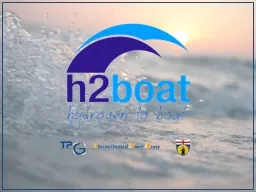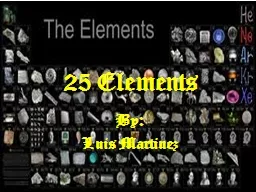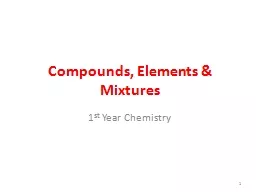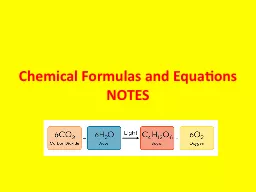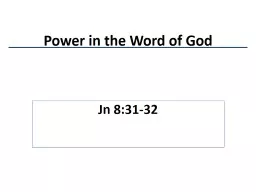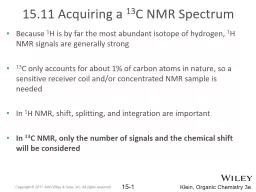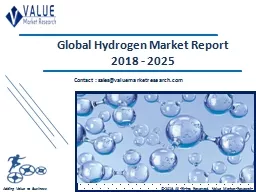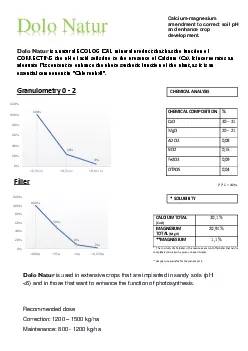PPT-1 1 - HYDROGEN Hydrogen is the lightest element and the most abundant chemical substance
Author : ellena-manuel | Published Date : 2018-11-04
Fuel Cells are the best system to transform hydrogen into electrical energy with efficiency higher of 50 Furthermore Fuel Cells consume Hydrogen and Oxygen to produce
Presentation Embed Code
Download Presentation
Download Presentation The PPT/PDF document "1 1 - HYDROGEN Hydrogen is the lightest ..." is the property of its rightful owner. Permission is granted to download and print the materials on this website for personal, non-commercial use only, and to display it on your personal computer provided you do not modify the materials and that you retain all copyright notices contained in the materials. By downloading content from our website, you accept the terms of this agreement.
1 1 - HYDROGEN Hydrogen is the lightest element and the most abundant chemical substance: Transcript
Download Rules Of Document
"1 1 - HYDROGEN Hydrogen is the lightest element and the most abundant chemical substance"The content belongs to its owner. You may download and print it for personal use, without modification, and keep all copyright notices. By downloading, you agree to these terms.
Related Documents

